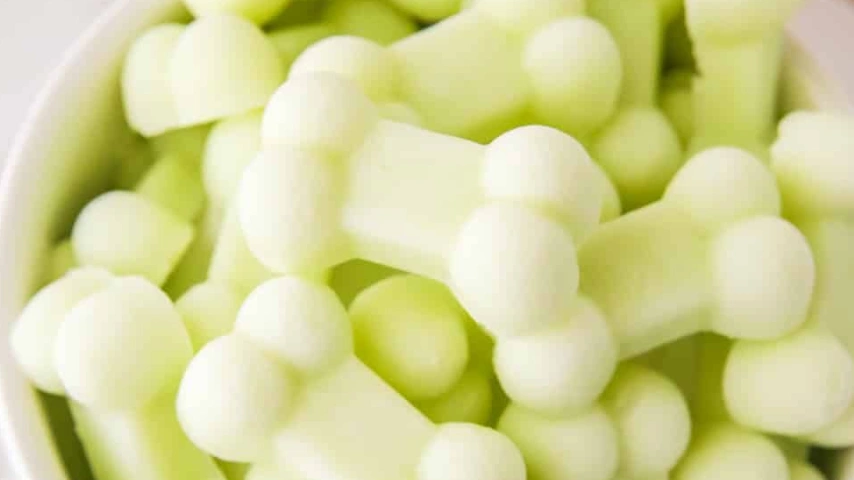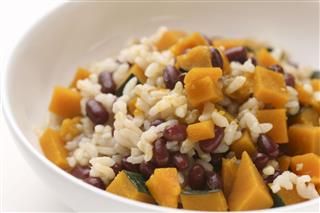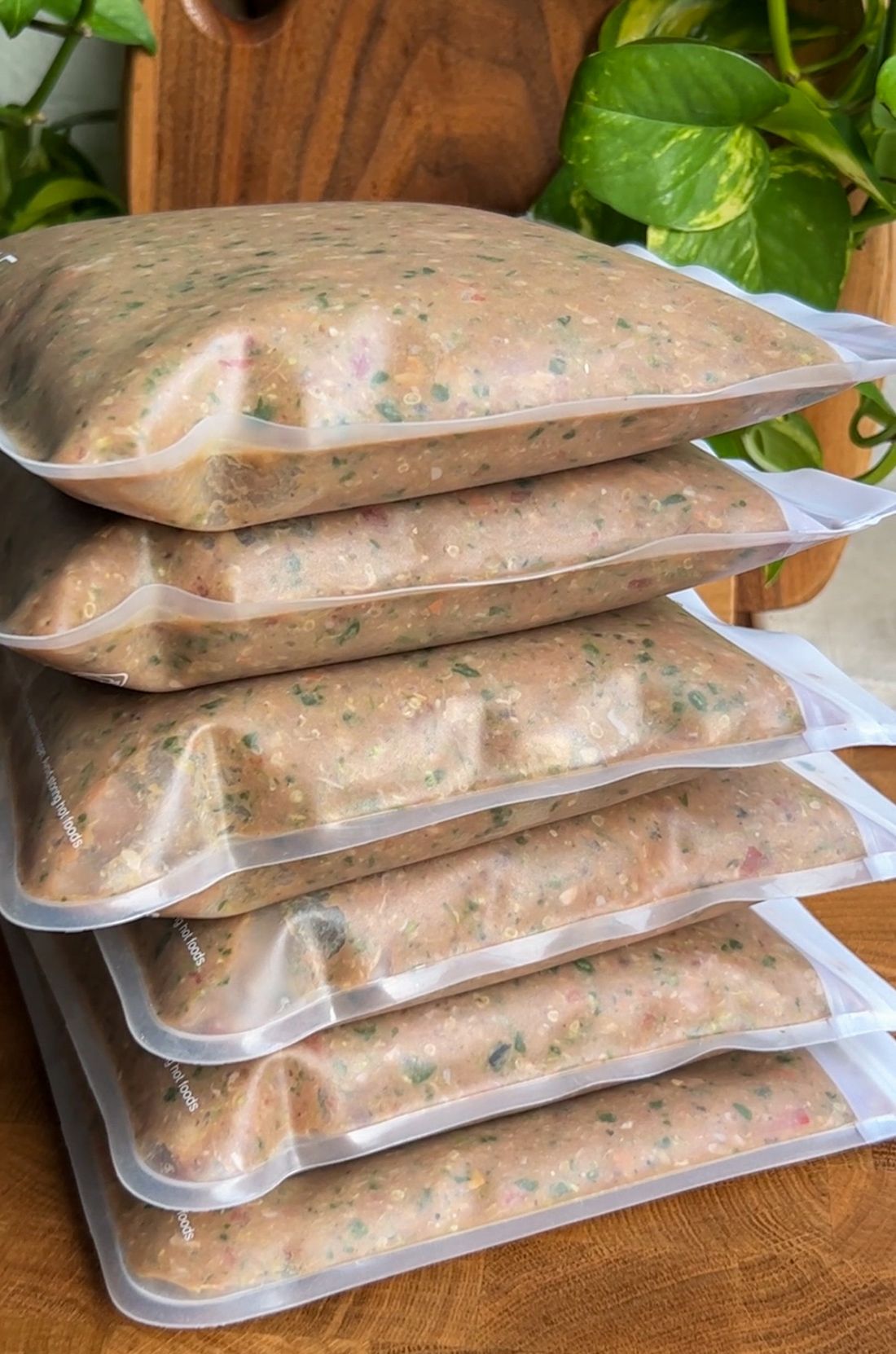Dog / Detail
Veggie-Loving Dogs: A Healthy Snack Alternative
Jonathan Bennet | 06 September 2024 | 16:05
Many dog owners are exploring ways to provide healthier treats for their furry friends. One popular option is incorporating vegetables into their dogs' diets.
Vegetables can offer a nutritious and low-calorie alternative to traditional treats that are often high in protein and fat.
Incorporating vegetables into your dog's diet can be a healthy and enjoyable way to provide them with additional nutrients and support their overall well-being. By following the tips outlined in this article and avoiding harmful vegetables, you can safely introduce vegetables into your dog's meals and treats.
Remember, moderation is key, and vegetables should not replace a complete and balanced dog food. If you have any concerns about feeding your dog vegetables, consult with your veterinarian.

- Benefits of Feeding Your Dog Vegetables
- Low in Calories: Vegetables are generally low in calories, making them a great option for dogs trying to maintain a healthy weight.
- Nutrient-Rich: Vegetables contain essential vitamins, minerals, and antioxidants that can support your dog's overall health and well-being.
- Fiber-Rich: Vegetables can help promote digestive health and prevent constipation.
Dental Benefits: Some vegetables, such as carrots, can help clean teeth and reduce tartar buildup.

Tips for Introducing Vegetables to Your Dog's Diet
- Start Slowly: Introduce vegetables gradually to allow your dog's digestive system to adjust. Begin with small amounts and monitor their reaction.
- Variety is Key: Offer a variety of vegetables to ensure your dog receives a balanced range of nutrients.
- Prepare Properly: Wash vegetables thoroughly to remove any pesticides or dirt. Cut them into small, bite-sized pieces to make them easier for your dog to eat.
- Consider Freezing: Freezing vegetables can make them a refreshing and long-lasting treat.
- Combine with Other Foods: You can incorporate vegetables into your dog's meals or mix them with their regular dog food.

Vegetables to Avoid
While many vegetables are safe for dogs to eat, there are a few that should be avoided:
- Avocados: Avocados contain a toxin called persin, which can be harmful to dogs.
- Grapes and Raisins: Grapes and raisins can cause kidney failure in dogs.
- Onions and Garlic: Onions and garlic contain compounds that can damage red blood cells in dogs.
- Rhubarb: Rhubarb contains oxalic acid, which can be toxic to dogs.
- Mushrooms: While not all mushrooms are toxic, some can be poisonous to dogs.

- Carrots: Carrots are a crunchy and nutritious treat that can help clean teeth.
- Cucumbers: Cucumbers are low in calories and can be a refreshing snack on a hot day.
- Green Beans: Green beans are a good source of fiber and can be served cooked or frozen.
- Pumpkin: Pumpkin is a versatile vegetable that can be used to treat constipation or diarrhea.
- Sweet Potatoes: Sweet potatoes are a nutritious treat that is rich in vitamins and minerals.
Related
-

The Healing Power of Dogs: How Canine Therapy is Revolutionizing Mental Health and Boosting Positive Energy in Humans
Dog14 November 2024
-

A Pawsitive History: Dogs of Nuremberg
Dog09 November 2024
-

The Role of Oxytocin in the Human-Dog Bond: The Science Behind Our Deep Connection
Dog06 November 2024
-

Beyond the Beach: Jamaica's Dog Lovers
Dog29 October 2024
-

A Dog's Delights: Homemade Snacks for Our Furry Babies, Recipes Included!
Dog29 October 2024
-

A Dog's Disorientation: Understanding Your Dogs' Wanderlust
Dog29 October 2024
Popular
-

-

A Pawsitive History: Dogs of Nuremberg
09 November 2024 -

-

Beyond the Beach: Jamaica's Dog Lovers
29 October 2024 -
